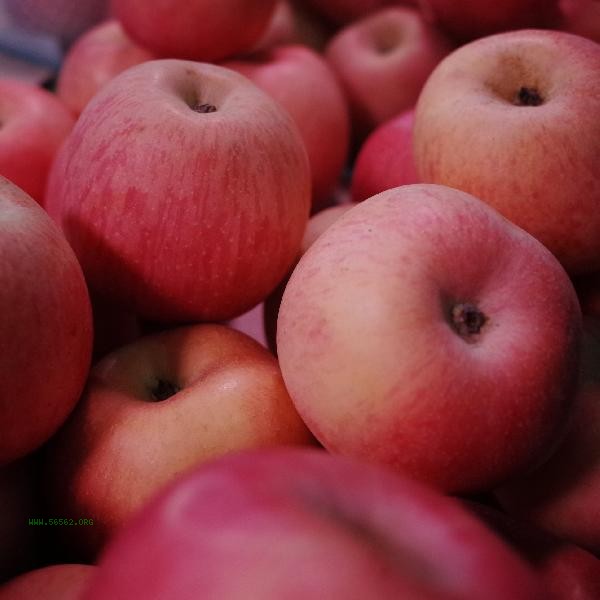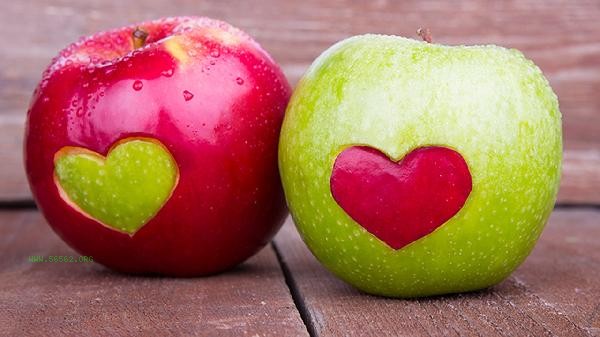After peeling apples, they can be stored using methods such as refrigeration, soaking, sealing, vacuuming, and wrapping, which can effectively delay oxidation and moisture loss.

1. Refrigerate storage
Place peeled apples in a sealed container or food bag and store them in the refrigerator compartment. Low temperature environment can inhibit polyphenol oxidase activity, slow down the browning rate of fruit flesh, and refrigeration can maintain the crisp and tender taste of apples for about 1-2 days. Be careful to avoid mixing with other strongly scented foods to prevent cross contamination.
2. Soak and preserve
Soaking peeled apples in light salt water or lemon water can isolate oxygen. Add 5 grams of salt to 500 milliliters of water or squeeze in half a lemon juice, soak for 3 minutes, then remove and drain to form a protective film on the surface of the fruit pulp, delaying oxidation for 2-3 hours. This method is suitable for short-term storage, but soaking for too long can affect the taste.
3. Sealed storage
Use sealed containers or vacuum preservation boxes to store peeled apples, remove air, and cover with a seal. A sealed environment can reduce oxygen exposure, and when combined with refrigeration, it can extend the shelf life to 3 days. If absorbent paper is placed inside the container, it can further absorb water vapor and prevent the fruit pulp from becoming soft due to moisture.

4. Vacuum treatment
uses a vacuum machine to remove air from the packaging bag and seal it, which can block oxidation reactions to the greatest extent possible. Vacuum preserved peeled apples can be preserved for 4-5 days under refrigeration conditions, with minimal changes in flesh color and texture. Please note that the vacuum bag should be made of food grade material and its sealing should be checked after vacuuming.
5. Wrap and store
Use plastic wrap to tightly wrap the cut surface of peeled apples, reducing the contact area between the flesh and air. Ensure that the incision is completely covered without any gaps when wrapping, and store in refrigeration for about 1 day. This method is easy to operate but has a short shelf life, suitable for ready to eat or short-term storage. Before consumption, it is necessary to check for spoilage. Peeled apples should be consumed as soon as possible, as prolonged storage can lead to nutrient loss. Before storage, ensure that the tools and containers are clean to avoid microbial contamination. If the fruit pulp is found to be sticky, has an odor, or has abnormal color, it should be discarded. Apples can be sliced with skin and sprinkled with lemon juice in daily life, or mixed with other fruits to make salads for immediate consumption, which not only preserves nutrients but also avoids storage problems. Refrigerated apples can be slightly warmed before consumption to reduce gastrointestinal irritation.









Comments (0)
Leave a Comment
No comments yet
Be the first to share your thoughts!